We selected Spoleto as our base camp for the exploration of the Umbria region because of its central location, short drive from Rome, and easy access to surrounding major cities such as Perugia, Orvieto, and Assisi. But as we discovered during our one week stay that there is a lot more to Spoleto than its famous summertime festival (late June to mid-July).
Spoleto is a UNESCO World Heritage Site, and has an exceptional collection of museums ranging from early first century archaeological displays to contemporary modern art and all are being maintained in beautiful venues.
When you add the outstanding restaurant options, regional shops and the fact that Spoleto is just a fun place to walk around… we simply fell in love with this medieval walled city high in the hills of Umbria.
Image: Spoleto Festival 2015
The Festival dei Due Mondi (Festival of the Two Worlds) was created by composer Gian Carlo Menotti in 1957. His intent was to establish a friendly competition between American and European “worlds” focused on concerts, opera, drama, dance, visual arts and discussion groups exploring the sciences. Inevitably there were a few spin-off festivals such as “Spoleto Festival USA” in Charleston, South Carolina and Australia’s “Melbourne International Festival of the Arts”.
Beyond the Festival – Exploring the Antiquity that Defines Spoleto
So what do you do in Spoleto after the circus leaves town? Armed with an inspired itinerary and a spirit of adventure, Spoleto reveals another side… so the journey begins.
The Rocca Albornoziana Fortress and the National Museum of the Duchy of Spoleto
The most obvious structure to explore is sitting on top of a hill known as Sant’Elia and is the dominant landmark in the city skyline: the Rocca Albornoziana Fortress. This monument dates back to the late 13th century, and was constructed as a military castle to emphasize papal power in the territory; it was also used as a holiday retreat for the local pontifical governors.
From the Rocca you are afforded excellent views of the city and countryside. An additional reward for your efforts is a visit to the exceptional National Museum of the Duchy of Spoleto, headquartered inside the fortress. The artifacts on display range from the 1st Century through the 15th century and are divided into three themes: the Christian community, the Lombard Duchy of Spoleto, and the Carolingian period. (Please google it for more details.)
Marble Statue circa 1st century
Marble Portraits circa 1st century
The Bridge of Towers
Leaving the Rocca, you have a leisurely walk back to town, but first we suggest a slight side trip to one of Spoleto’s most famous landmarks, the Bridge of Towers (Ponte delle Torri). The bridge crosses a deep gorge and links the Rocca to another fortification on the other side. It is about 262 feet above the gorge and about 750 feet long. The footpath is very wide and is a popular attraction for those who are not afraid of heights… the photographic opportunities make the extra effort worth it!
The Roman Theater and the National Archaeological Museum of Spoleto
Walking back from the Rocca, you discover another amazing archaeological site tucked away in the city. The Roman Theater was built in the first century and was literally combined with the former church of St. Agatha, as they actually used some of the theater’s walls in the construction of the monastery.
This collection of ancient Roman structures is currently housing the National Archaeological Museum of Spoleto. The museum does an outstanding job documenting the history of Spoleto with permanent exhibits of the Bronze Age, the Iron Age and the Roman era. (Please google it for more details.)
Marble portrait of Emperor Augustus from the Roman Theater circa BC
Weaving tools that were excavated in 2008
The Collicola Palace and the Civic Gallery of Modern Art
As you continue your journey, you now transition into modern times of Spoleto, and the experience is breathtaking. The Collicola Palace is an extravagant aristocratic building built around 1730 and originally inhabited by the nobles of the Collicola family. The building was purchased by the city of Spoleto in 1932 and is now the home of the Civic Gallery of Modern Art.
The gallery was created in early 1950 by a small group of local artists intent on organizing a contemporary art center, and is based on selected artists such as De Gregorio, Marignoli, Orsini, Raspi and Toscano, and sculptor Leoncillo Leoncilli.
Their collective efforts resulted in being awarded the prestigious “Spoleto Prize”. This honor is presented to those remarkable Italian personalities who have distinguished themselves in various sectors of endeavor, whether professional, artistic, business, scientific, cultural, religious or philanthropic.
The gallery also has featured works by Calder, Tomato, Turcato, Consagra, and Sol Lewitt.
Scenes from the gallery

Modern art on display in Spoleto
The Theatre Caio Melisso Spazio Carla Fendi Restoration
Continue your exploration at the Teatro Caio Melisso, one of Italy’s first theaters. This valuable structure has undergone many transformations over the centuries, from its 14th-century glory to being abandoned and now, with the generous support of the Italian luxury fashion house Fendi, this ancient Spoleto theater has been brought back to its past stature (photos below).
In 2007 the Carla Fendi Foundation took over the renovation project (the initial focus was the incredible original curtain and the stage area) and created a beautiful environment to enjoy concerts, plays and art installations. The theater was renamed in her honor and gratitude for her generosity to Spoleto.
In Summary
While the Spoleto Festival is by far the most publicized attraction of this ancient walled city, there is so much more to see and touch. The numerous museums featuring vast collections of antiquity, and the modern art center with its dynamic exhibitions are all treasures to behold.
You owe it to yourself to explore the many facets of Spoleto and it only requires that you be inspired and follow a slow travel itinerary.
After all, what is the hurry… be inspired!
© 2015 Inspired Travel Itineraries with Bob and Janice Kollar
Photos © 2015 Bob and Janice Kollar
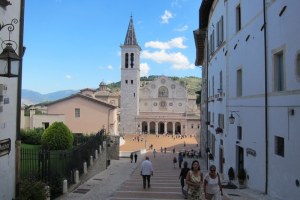




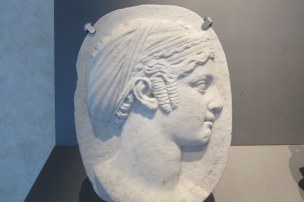
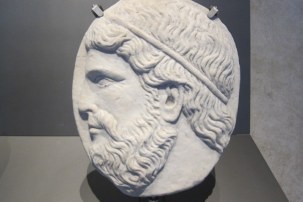

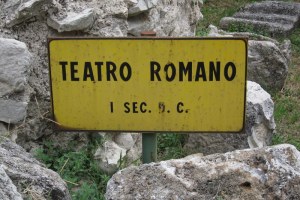
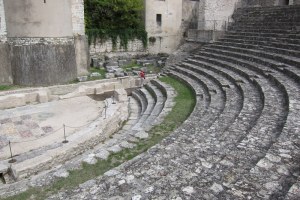

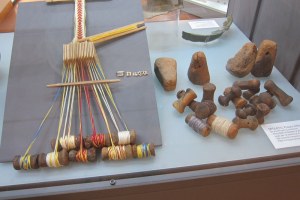

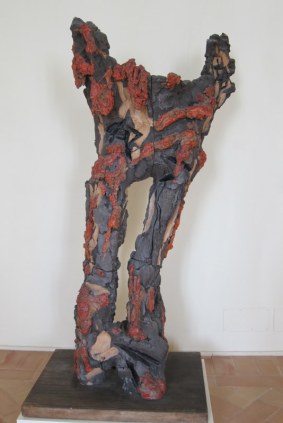

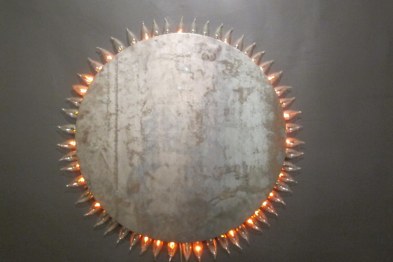


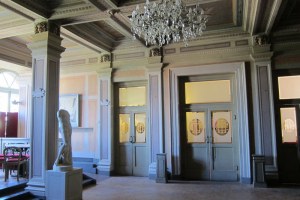
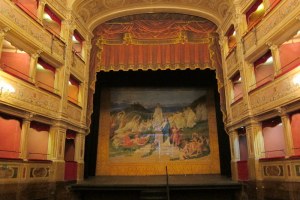

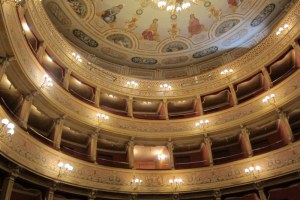
Comments